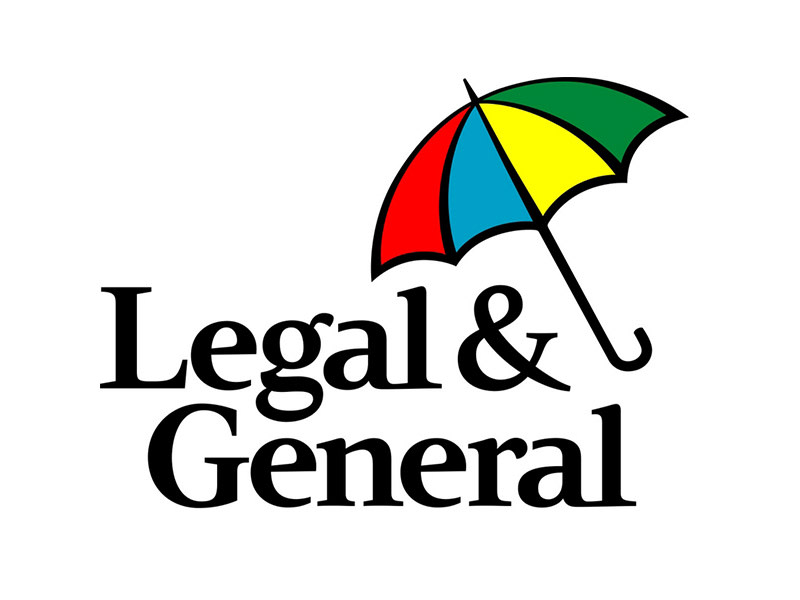Legal & General reported full-year operating profit of £1.7bn. That was broadly in line with the prior year but around 5% below market expectations.
The retirement business was the standout, writing a record £13.7bn of new pension transfer business as the market remains healthy. But that was offset by lower profit from Investment Management, as higher rates contributed to a 12% drop in average assets under management.
The solvency II coverage ratio, a measure of balance sheet strength, fell from 236% to 224%.
The group is on track to meet its targets over the period of 2020-24, which includes dividends growing at 5% a year and capital generation of £8-£9bn (£6.8bn to date).
A final dividend of 14.63p was proposed, taking total dividends up 5% to 20.34p.
The shares fell 2.9% in early trading.
Our view
Full-year results were a little mixed. While the headline result of flat operating profit disappointed against market expectations of a 5% rise, there were some positive takeaways. Digging deeper revealed that the group's contractual service margin (a measure of potential future profit) and capital levels both exceeded forecasts.
António Simões is new to the CEO seat. He may not have revealed his full strategy yet, but investors can expect more details at the announced capital markets day in June.
L&G is a beast by any standards, with operations across insurance and investments with pretty much every service you can think of in each of those buckets.
Higher interest rates have been causing some trouble for assets under management from the investment management division, though things are starting to stabilise. But at the same time, higher rates are benefiting the larger pension businesses.
Pension risk transfers (PRTs) are core to operations, these see L&G take on responsibility for paying some, or all, of the pensions from a company's final salary pension scheme (often called bulk annuities). In return, the group receives a lump sum. That's then managed by Legal & General Investment Management (LGIM) and underpinned with real assets developed by the Capital division (which includes UK housing and infrastructure projects). This circular flow within the business means L&G can deliver strong margins on its bulk annuity business and is a core benefit to the model.
The UK is the most mature global market, but L&G has its eyes set further afield. Activity in overseas markets like the US, Canada and the Netherlands is increasing. Including the UK, there's around $6trn of pensions liabilities floating about, with the percentage transferred to insurers barely touching double digits. That gives plenty of scope for L&G to keep growing.
We'd be remiss not to mention the group's formidable solvency II ratio, which is a core measure of capitalisation. Though there was a drop last year, at well north of 200% this offers the group some resilience. Plus, with capital generation exceeding dividend payouts, the prospective yield of 8.8% looks well supported. Of course, there are no guarantees.
There are a lot of strings to L&G's bow, but bulk annuities remain core and we see the market staying healthy over the medium-term. The valuation doesn't look too demanding to us but reflects sentiment toward the sector right now, which is a little weak.
Legal & General key facts
All ratios are sourced from Refinitiv, based on previous day’s closing values. Please remember yields are variable and not a reliable indicator of future income. Keep in mind key figures shouldn’t be looked at on their own – it’s important to understand the big picture.
This article is not advice or a recommendation to buy, sell or hold any investment.No view is given on the present or future value or price of any investment, and investors should form their own view on any proposed investment.This article has not been prepared in accordance with legal requirements designed to promote the independence of investment research and is considered a marketing communication.Non - independent research is not subject to FCA rules prohibiting dealing ahead of research, however HL has put controls in place(including dealing restrictions, physical and information barriers) to manage potential conflicts of interest presented by such dealing.Please see our full non - independent research disclosure for more information.


